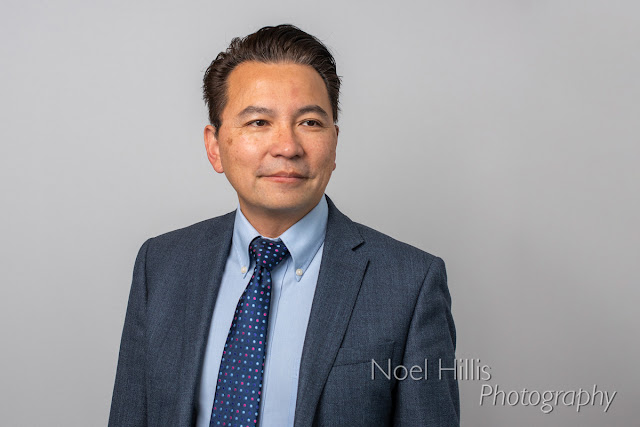Photo essay from along the Border in Ireland
In the Brexit referendum held in June 2016, the United Kingdom of Great Britain and Northern Ireland voted to to leave the European Union. As it now stands, on March 29th 2019, the border between Ireland and Northern Ireland will become the only land border between the European Union and the United Kingdom.
Last October, I documented a journey taken by journalists from Eolas Magazine as they travelled the length of the border in Ireland, from Carlingford Lough in the east, to Lough Foyle in the west. The objective was to report on on how Brexit might affect businesses and communities on both sides of a border, that has been all but invisible for the past 20 years.
There are almost 300 recognised crossing points along this border and at least 30,000 people cross this invisible line every day. The border in Ireland bisects towns, roads, farmland, businesses, communities and families. As we travelled almost 500km along border roads that criss-cross the frontier without hindrance, we spoke with people who cross the border daily to work, to socialise, to access education and healthcare services.
Martin McVicar is CEO of Irish exporter, Combilift, which has invested €45 million in a new factory in Monaghan, just south of the border (left). Eamon Fitzpatrick runs a fuel and hardware business, which is literally on the border - his shop is in the north and his petrol pumps are in the south (right).
Community representatives; Fr Joe McVeigh, photographed with one foot across the border line, Ken Funston, offered us an alternative local perspective and Betty Holmes, who was concerned about the future of cross border cancer care.
The Irish border, clockwise from top left, Looking south across the border bridge separating Belcoo in Co. Fermanagh and Blacklion in Co. Cavan; top right, the border line is along the right hand side of this road between counties Armagh and Monaghan and between the house and the road; bottom right, a road sign with bullet holes, outside Ballyconnell, Co. Cavan in the south, as the road enters Co. Fermanagh in the north, bottom left, a monument to ‘the border busters’, a local community effort to reopen border roads closed by the British Army, during the Troubles.
Community representative Cathal Short, photographed at a crossing point between counties Monaghan and Armagh on the Fane River. This is one of many unmarked crossing points that will be on the border between the EU and the UK after Brexit.







Comments